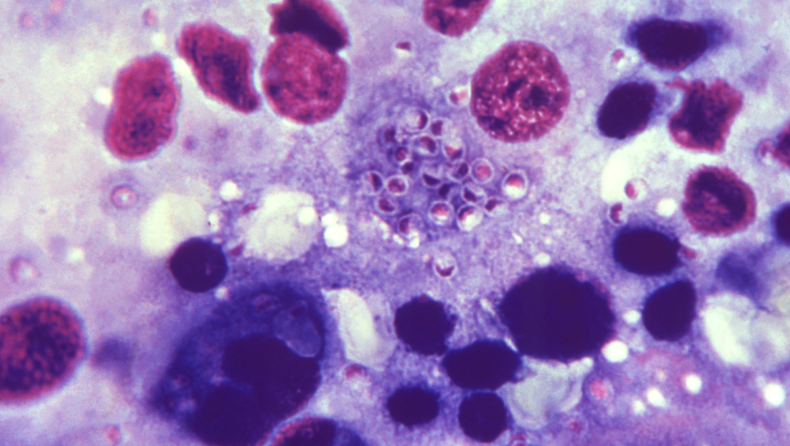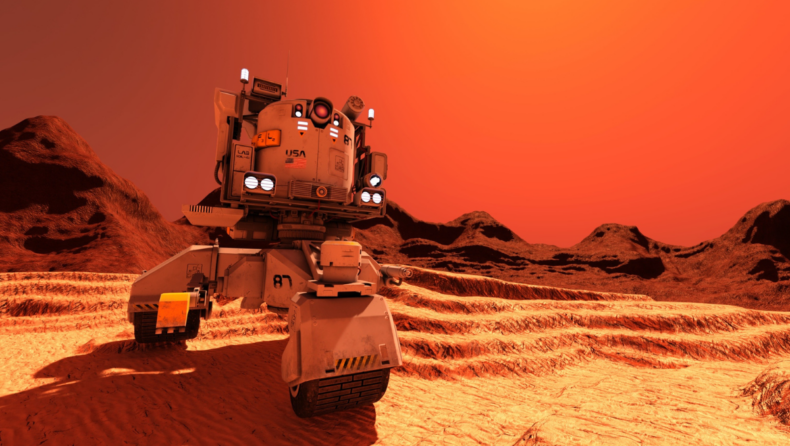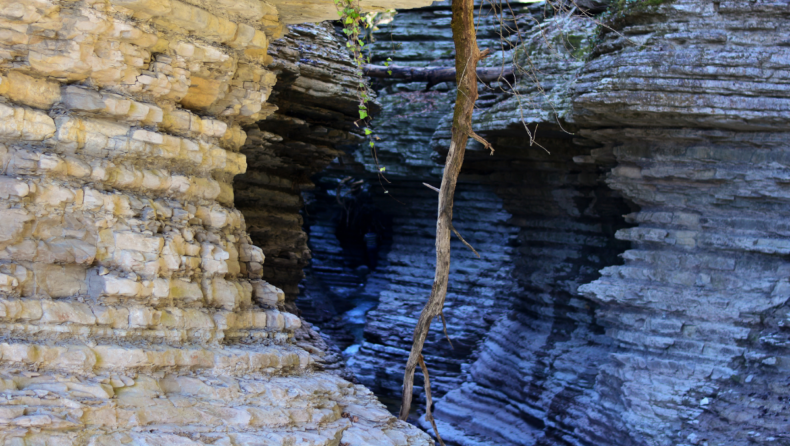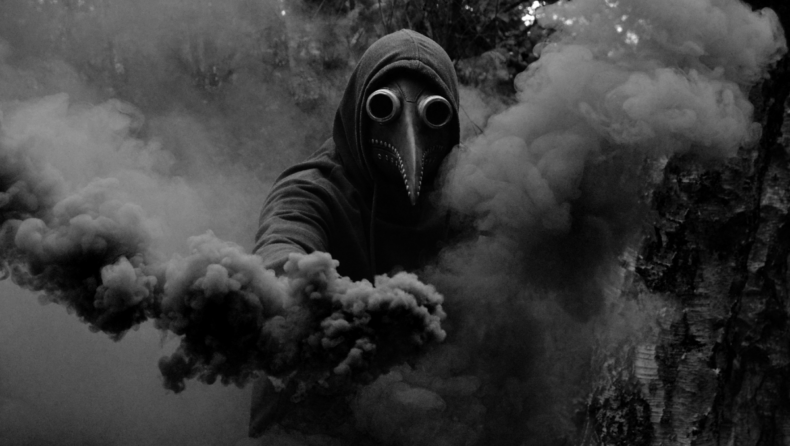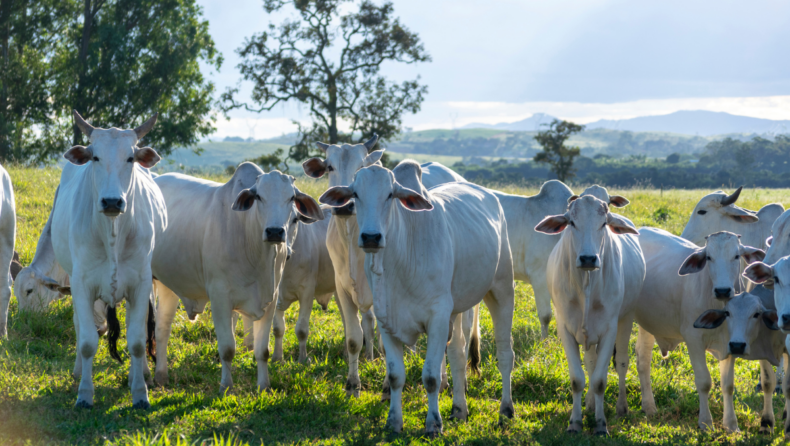Author: Naushin Raheema
Naushin is an aspiring science communicator. She writes articles on health, genetics, and the environment. She writes poems and does art journaling during her free time.
NASA’s BioSentinel mission will conduct the first deep space biology experiment beyond the Moon. The Artemis I spacecraft will examine the effects of space radiation on yeast cells. sentinel, a CubeSat about the size of a shoebox, will conduct the first long-duration biological experiment in Outerspace. It is scheduled for flight aboard NASA’s Artemis I from Florida’s Kennedy Space Center. BioSentinel will transport microorganisms in the form of yeast to fill crucial gaps in our understanding of the health dangers in deep space caused by space radiation. While Artemi’s missions at the Moon will prepare humans for increasingly distant…
Professor Norm Wagner of the University of Delaware and his research team investigate the feasibility of producing construction materials on the moon and Mars. Clay-like topsoil elements from the moon or Mars are of interest to researchers as a potential foundation for cement that can be used in extra-terrestrial construction. A chemical binder to hold the extra-terrestrial ingredients together is essential for this project’s success. The vertical launch pads used to launch and land man-made rockets require an extra-terrestrial building material that can withstand the whirlwind of pebbles, dust, and other particles that can be kicked up during the launch…
A virus with characteristics similar to influenza that can be transferred to people from shrews was discovered in China Shrews Discovered A Novel Virus A novel virus that has been identified by researchers and discovered to have infected 35 people in eastern China has prompted the researchers to issue a precaution. The Langya Henipavirus, also known simply as “Langya,” is a member of a family of viruses. They are known to be responsible for the deaths of up to 75% of chronically afflicted patients. Nevertheless, none of the currently active cases of Langya have yet resulted in fatalities. According to…
Common ancestor genome reconstructions have discovered hydrogen peroxide and oxygen cycling genes. People usually think that hydrogen peroxide and oxygen on the early Earth came from lateral gene transfer after oxygenic photosynthesis developed. The ground-breaking research effort, which was directed by the School of Natural and Environmental Sciences at Newcastle University and reported in Nature Communications, discovered a mechanism that can create hydrogen peroxide from rocks during the movement of geological faults. Another possibility is that hydrogen peroxide and oxygen came from rocks on the early Earth. Scientists show that when faults in crushed silicate rocks are filled with water and heated to temperatures close to boiling, a…
Scientists believe that now-extinct pathogens were a major factor in the decline of earlier civilizations All around the Eastern Mediterranean a long time ago, several Bronze Age civilizations began to decline at the same time. The Akkadian Empire and the Old Kingdom of Egypt fell apart, causing a social crisis that extended throughout the ancient Near East and the Aegean. This resulted in dwindling populations, massive damage, decreased trade, and substantial cultural shifts. The Research Recently published archaeogenetic research, on the other hand, has forced us to reevaluate our assumptions about the historical role of infectious illnesses. Plague bacteria Yersinia…
Asteroid heading our way? called 2022 OE02 bigger than the statue of Unity is anticipated to travel dangerously closer to Earth Small, stony bodies that revolve around the sun are known as asteroids, although they aren’t large enough to be considered planets. Other names for them include “planetoid” and “minor planet.” Asteroids range in size from hundreds of miles to a few feet wide, and there are millions of them. The total mass of all asteroids is less than that of Earth’s moon. Asteroids can be dangerous, no matter how small they are. There have been many collisions with…
After a month of taking vitamin B6 pills, a study’s participants reported feeling less anxious and depressed. Vitamin B plays an important role in many anabolic and catabolic biological processes needed for the nervous system and brain function. This includes vitamins that assist in maintaining a balance between neural inhibition and excitation by rising inhibition and down-regulating excitation. This is essential since an excitatory imbalance is linked to anxiety and depression. Studies done in the past on vitamins have demonstrated that they help alleviate stress. But only a few experiments have tried to find out which vitamins cause these changes…
More than 1200 cattle died in Gujarat and Rajasthan due to a disease called Lumpy Skin Disease. As a direct result of the Skin Disease, the deaths of over 3,000 cattle have been recorded in the states of Rajasthan and Gujarat. The viral infection was confirmed in nine districts in Rajasthan, with approximately 2,500 cow deaths recorded from Barmer, Jalore, Jodhpur, Bikaner, Pali, Ganganagar, Nagaur, Sirohi, and Jaisalmer. Gujarat’s Agriculture Minister stated 977 cattle died from Lumpy Skin Disease last month. A total of 14 districts were affected by the virus’s spread, including all districts in the Saurashtra…
The fungus of luck was discovered by Javier Carvajal, an Ecuadoran bioengineer, inside of an old wood barrel. An Ecuadoran bioengineer named Javier Carvajal discovered a 400-year-old yeast specimen hidden inside an old oak barrel. He has now managed to revive the yeast and is using it to recreate what is said to be the oldest beer in all of Latin America. He previously had success retrieving different yeasts and discovered the ancient Franciscan brewery in Quito whilst studying specialized beer journals. The brewery was located in Quito. He finally found an ancient brewery cask in 2008. It was kept…
If the monkeypox virus spreads throughout the United States, it will be the “greatest public health failure in recent times,” according to former FDA head Scott Gottlieb. In his opinion piece, Gottlieb stated that if the disease grew to be endemic, it would be a major setback given that stopping it from spreading in the first place was possible. Gottlieb emphasized the fact that, in contrast to the time when COVID initially appeared, there are now dependable vaccinations and diagnostics available that can halt the progression of the illness. The Centers for Disease Control and Prevention (CDC), on…
Contact us:
Copyright © 2024 Asiana Times. All Rights Reserved







